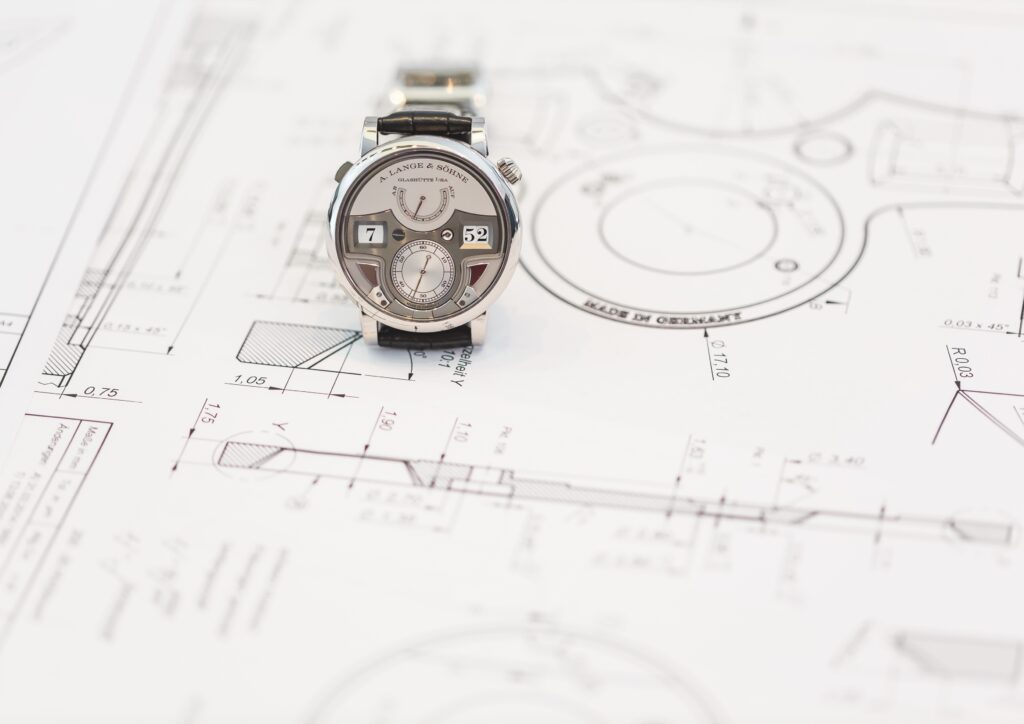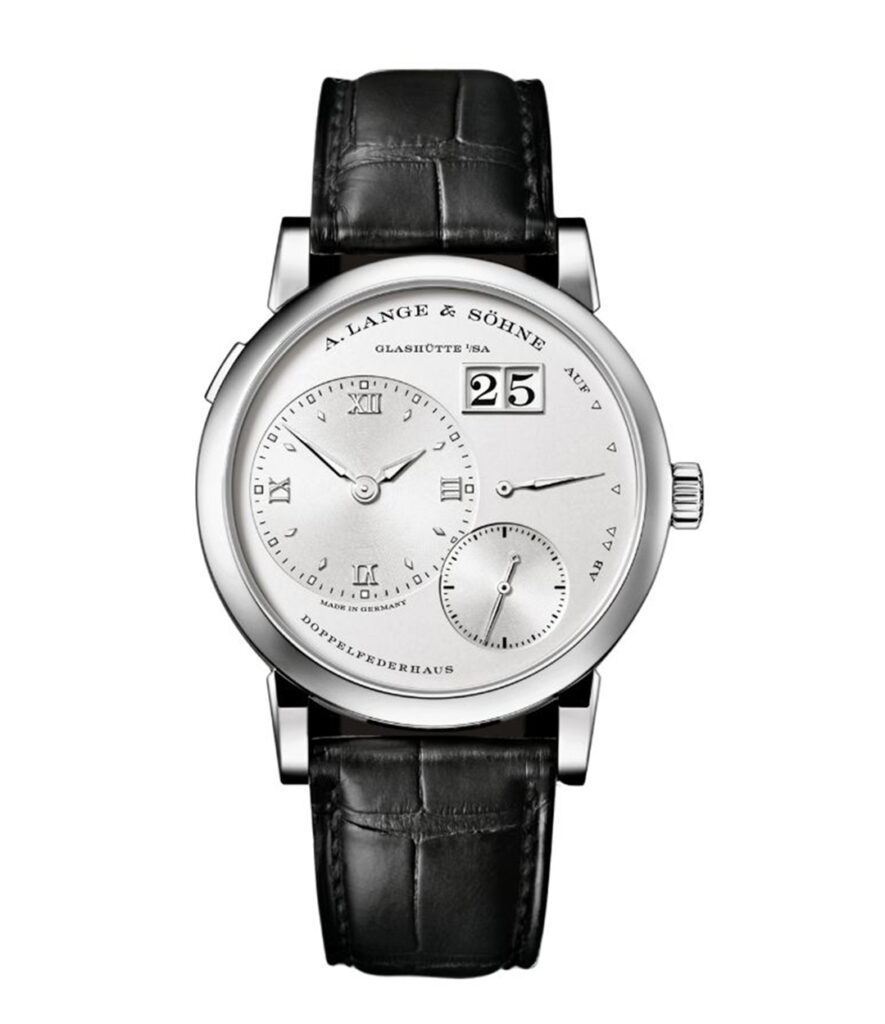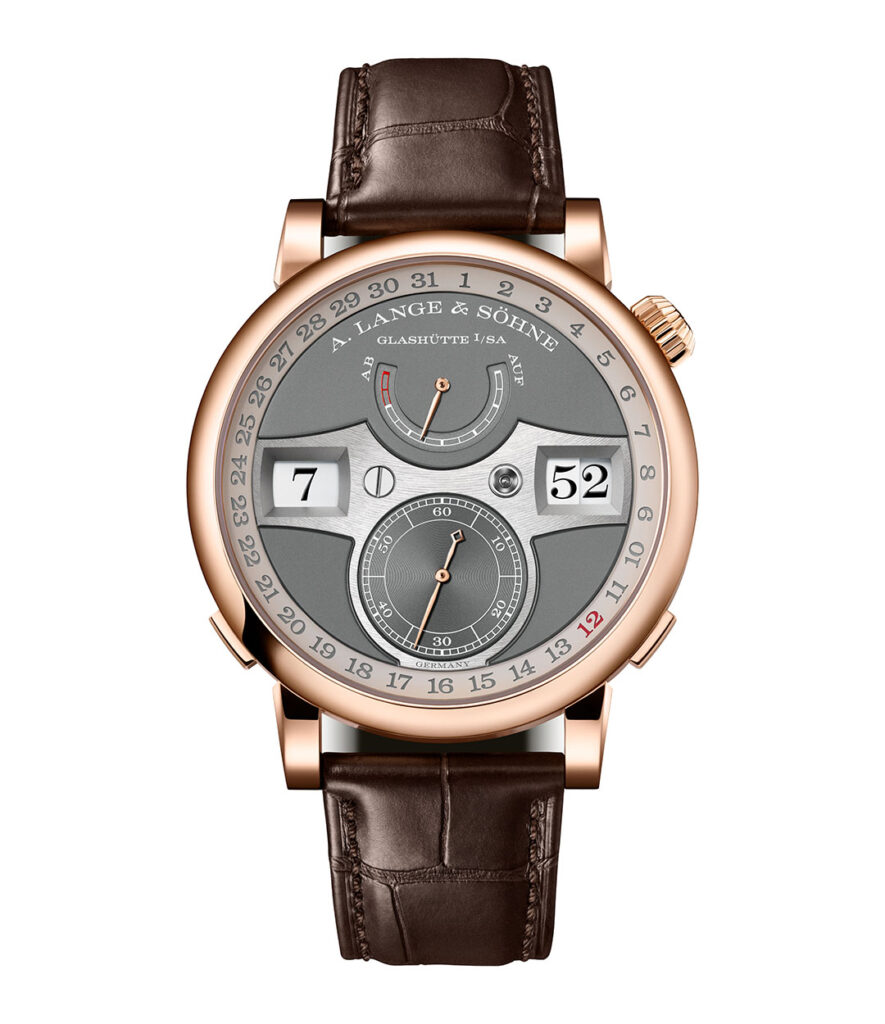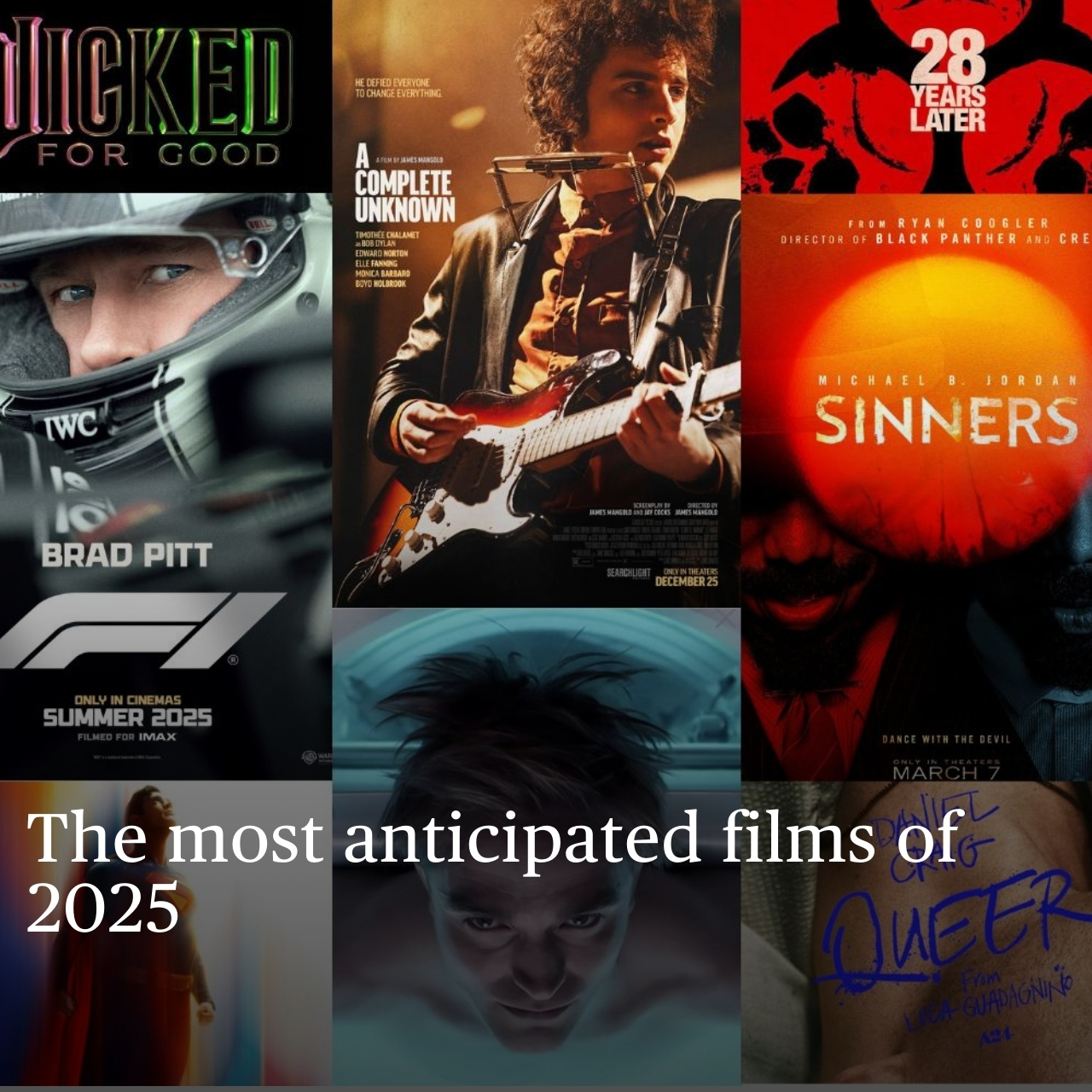Why the most serious watchmaker in the world might also be the most creative
Switzerland is watch heartland, but it was a German company three decades ago that shook the industry as few brands have since

IT HAS BEEN 31 YEARS since the high-end watchmaking landscape changed forever. In a bright, beige-carpeted function room in the Royal Palace of Dresden, in Germany, a 100-odd watch collectors, luminaries and journalists witnessed Walter Lange and Gunther Blumlein officially unveil A. Lange & Söhne’s four debut collections.
Changed forever? Surely just another set of expensive watches ceremoniously held aloft reverentially in gloved hand, another hyperbolic press release, another incomprehensible list of accomplishments? For sure they were accomplished, and expensive, but this was the start of something more than that: a challenge to the established order. To this day, there is no other company producing watches at this level, by the thousand, outside of Switzerland. For all that the watch industry has become a global concern in the last two decades, for all that the metamorphosis of watchmaking from a necessary industry into a luxury portfolio has unearthed dozens of sensational watchmaking talents, no other brand has deployed such ambition at such scale from outside of the heartland.
Its debut models – the Lange 1, the Arkade, the Saxonia and the Tourbillion “Pour Le Merite” – were impressive. But it could not have been known on that day in 1994 how impactful this upstart brand from Germany’s historic watchmaking town of Glashütte would go on to be. Its launch – in fact, more of a revival, as the A. Lange name dated back to 1845, when Ferdinand Adolph Lange founded his watch business – was charged with the added emotion of German reunification, but it was a heady time for the watch industry as a whole.
Blumlein was a charismatic businessman who had already reinvigorated both IWC and Jaeger-LeCoultre; elsewhere, centuries-old names such as Blancpain and Ulysse Nardin were getting back on their feet after the so-called ‘Quartz Crisis’ of the late ’70s and early ’ 80s, and great displays of traditional watchmaking prowess were all the rage. Ulysse Nardin had its ‘Trilogy of Time’ series; IWC had introduced a revolutionary perpetual calendar and grand complication; Blancpain had what it described as ‘the six masterpieces’, including the 1735 Grand Complication and, in 1989, Patek Philippe (then as now the name to beat) had created Calibre 89, a pocket watch that claimed the title of ‘most complicated watch in the world’.
This was the context into which A. Lange & Söhne arrived. So, while its launch was significant, few would have credited it with the energy – or chutzpah – to be challenging Patek Philippe for outright supremacy at the pinnacle of the industry within a decade. But that is exactly what happened.

Let’s revisit those launch models. The Lange 1 has become an icon, the off-centre layout and big date the most recognisable design tropes of the brand. The Arkade has departed stage left, perhaps to return someday hence. The Saxonia has been built into a platform for all manner of complicated watchmaking, as well as the closest thing the brand has to a line of debonair cocktail watches, a Teutonic take on black-tie elegance. The Tourbillon “PLM”, as collectors abbreviate it, is respected but, today, somewhat in the shadows. In fairness, it played a different role from the other three, which all established collections with distinct visual identities – it was the horological tour de force that established the brand’s credibility in complicated watchmaking.
They are a formidable set of foundations. But there was something missing. A killer blow, a statement of intent that would show once and for all that A. Lange & Söhne would not be content with second best. That arrived in 1999 in the form of the Datograph. A hand-wound haute horlogerie chronograph with that signature big date, it stole the limelight from Geneva’s great brands by dint of being something neither Patek Philippe nor Vacheron Constantin (nor anyone else playing at the same level) had in their arsenal: an in-house chronograph movement, developed from scratch. It was one in the eye for the old guard, and by the time Patek had rectified the situation with the 5170, introduced in 2010, A. Lange & Söhne was out of sight, having launched the groundbreaking Double Split in 2004.

Today, the Datograph and Lange 1 are the brand’s most popular references, and the twin tentpoles of collector appreciation, but the brand has built out its offering with care and dedication, such that there really are very few bum notes in its history. A reputation for pushing technical boundaries is arguably the company’s defining ethos, though some might argue it comes at the cost of the kind of aesthetic versatility you can find at some of its rivals, and without a doubt the brand’s personality is far more straightlaced than that of an Audemars Piguet, which can release pop songs one minute and record-breaking watches the next. There is a singular seriousness at A. Lange & Söhne, a rigorous and relentless focus on finding new ground within the few cubic centimetres of gold or platinum available. This year’s flagship launch, the Saxonia Minute Repeater Perpetual, is a perfect example. Limited to 50 pieces, clad austerely in black enamel and platinum and ringed with stout Roman numerals, it is heavyweight watchmaking in every sense.
This is not to say A. Lange & Söhne lacks creativity, or the ability to entertain. The joker in its pack, the Zeitwerk, puts paid to that idea, as do the various <handwerkskunst> and <lumen> editions that have emerged down the years. The first showcases the very best artisanal decoration available, while the lumen treatment allows the baroque design sensibilities of the core range to morph into something just a little more contemporary, with daubs of glowing green lume and translucent sapphire applied wherever possible.
If the Datograph was Lange’s way of showing it could beat the best at their own game, the Zeitwerk was a different sort of statement: a work of fine watchmaking that wasn’t derivative of traditional horological genres. This was a watch that no one else was making, and that no one else would be able to imitate. Defined by its twin digital displays, it will never be as universally loved as some of its siblings, but it possesses greater strength of personality. Introduced in 2009, it won the grand prize at that year’s GPHG awards, the industry’s most respected accolade. In the years since, like all A. Lange & Söhne watches, it has been both improved in its basic form and equipped with complications – the height of which is 2015’s Zeitwerk Minute Repeater. For 2025, the brand has refreshed the Zeitwerk Date with a new model in rose gold with a grey dial. In true Lange style, the Zeitwerk Date is more complicated than it sounds; it adds a peripheral date display comprising a glass disc with transparent numerals and a rotating disc beneath that enables the correct day always to be displayed in red, without any apparent device to achieve it.
It could be a metaphor for the brand as a whole: achieving plenty, without always shouting about it, and doing so in the most precise and efficient way possible.
Related:
Drake might have the world’s most over-the-top watch collection
Zenith’s Defy Skyline Tourbillon just got the rose gold treatment











